The Circular Fashion Economy — A Sustainable Model or an Attempt to Greenwash?
We look at the circular fashion economy and investigate whether it's truly sustainable or just an eco-friendly front for fashion brands.

Circular fashion is the term on the fashion industry’s lips. Touted as the path for change in the apparel market, the circular fashion economy is gaining momentum and becoming one of the biggest sustainability trends to watch.
But as the focus on this model increases and more claim ‘circularity’, brands’ adoption of this term in an attempt to greenwash consumers is increasing. We investigate how big fashion brands are potentially hijacking the circular fashion economy to appear sustainable — greenwashing their consumers, competitors and suppliers in the process.
What Is the Circular Fashion Economy?
According to Google Trends, interest in circular fashion tripled in size between 2016 and 2021, showing it isn’t going anywhere anytime soon. However, to fully understand the issue of circularity and greenwashing, we first need to identify what the circular fashion economy actually is.
Circular fashion is a concept that moves away from the traditional, linear model, which results in a lot of waste at every stage of the pipeline, from design to production and ending with consumption and disposal.
At its core, the circular fashion economy is rooted in sustainability, focusing on reducing waste. According to the Ellen MacArthur Foundation, the circular economy is defined as a model that’s ‘restorative and regenerative by design and provides benefits for business, society and the environment.’
So, why is the circular fashion economy important? Identified as one of the world’s largest polluters, creating 10% of all greenhouse gas emissions, the circular economy offers an opportunity for the fashion industry to transform for the better.
To find out more about how the circular fashion model works, check out our infographic below.
Infographic Sources:
- 1 - Eco Friendly Habits
- 2 - Circular Online
- 3 - Eco Friendly Habits
- 4 - Ellen MacArthur Foundation
- 5 - Circular Fashion Summit
- 6 - Forbes
- 7 - Statista
Is Circular Fashion An Attempt At Greenwashing?
So far, so good. But that’s where greenwashing comes into play. Greenwashing is a term used to describe the practice of companies launching campaigns and products stating they’re sustainable or eco-friendly when in fact, they aren’t.
This allows fashion brands to exploit the customer, encouraging them to buy a product the consumer believes to be sustainable to generate revenue.
So, how exactly have brands hijacked the circular fashion economy concept in an attempt to appear more eco-friendly? That’s what the Fashionscapes: A Circular Economy documentary tries to unearth.
First shown at London Fashion Week in September 2021, this short film has been created by sustainability activists to identify and raise awareness about how fashion brands are using small parts of the circular fashion model to appear sustainable and ‘circular’, when in reality, they’re still operating a destructive take-make-and-waste model.
Initiatives such as in-store clothes recycling, the manufacture of ‘sustainable’ plastic-based fibres and the use of vague terms such as ‘eco’ are used by big fashion brands to persuade customers that they’re becoming more sustainable. Often, in reality, their whole supply chain is causing irreversible environmental damage.
The Reality
The process of fashion brands hijacking the circular fashion concept is slowing down meaningful change by distracting consumers from what’s really happening.
An example shown in the documentary was a market in Kantamanto, Ghana, where clothes are sent by fashion brands to be recycled. A massive 15 million garments are delivered every week to be transformed or recycled into new apparel, but 40% of that amount still ends up leaving the market for landfill. This isn’t something the customers were promised when they left their clothes in the recycling bin at the store.
In addition to this, there’s a common misconception fast fashion brands are pushing. They argue synthetic fabrics are more sustainable as they take fewer resources to process than cotton or wool might.
However, this isn’t the case. Polyester is created from either gas or oil and as it’s essentially plastic, it takes hundreds of years to biodegrade. As 52% of fibres produced globally in 2020 were polyester, this is a lot of harmful waste the fashion industry is still creating while claiming to adopt the circular fashion model.
The Solution
We’ve identified the potential of the circular fashion economy, explored how fast fashion brands are exploiting it — now it’s time to identify the possible solutions.
Greater Transparency Is Needed
As it stands, there’s no one to hold the big brands accountable.
Transparency has been a long-standing issue for the fashion industry and there has been no shortage of social and environmental scandals over the years. As the need for climate action increases, consumers become more aware and legislation comes into place, fashion brands need to hold themselves accountable and start making the change towards a truly sustainable circular economy.
Changing Consumer Attitudes
The UK consumes the most clothes in Europe, showing the demand is there to supply the destructive fast fashion model. For the fashion industry to truly transform, a change in consumer attitudes and behaviours is crucial.
Consumers should try and move away from hyper-consumerism as much as possible instead of putting more consideration into their purchases rather than buying disposable pieces.
When it comes to greenwashing, consumers shouldn’t believe everything they read. It’s essential to do research into brands’ claims and establish whether their eco-credentials make them worthy of a purchase.
Becoming Truly Sustainable
Perhaps the most obvious solution is for brands to become truly sustainable and not just make half-hearted claims to keep up appearances.
Investing in regenerative agriculture techniques, renewable energy sources, initiatives that actually help customers recycle and new manufacturing methods at every pipeline stage are essential to help minimise the impact the fashion industry has on the planet.
Circular Fashion Economy — A Sustainable Model
The advantages of a circular fashion economy can’t be ignored. Although some fashion brands are using it to greenwash, the core principles and aims of the model could help the industry make a transformative change.
The circular fashion economy sets out the framework for the smart and strategic use of resources, reducing waste and encouraging improved consumer attitudes in the process. As the climate crisis requires us to move away from this increasingly disposable model, we can expect to see the circular fashion economy become more popular, transparent and transformational.
Want To Start Your Sustainability Journey?
Then here's the place to start. Our sustainability checklist has everything you need to identify improvements and start making the change to become a more sustainable brand.
Simply click the link below to get your copy - it’s free to access for life.

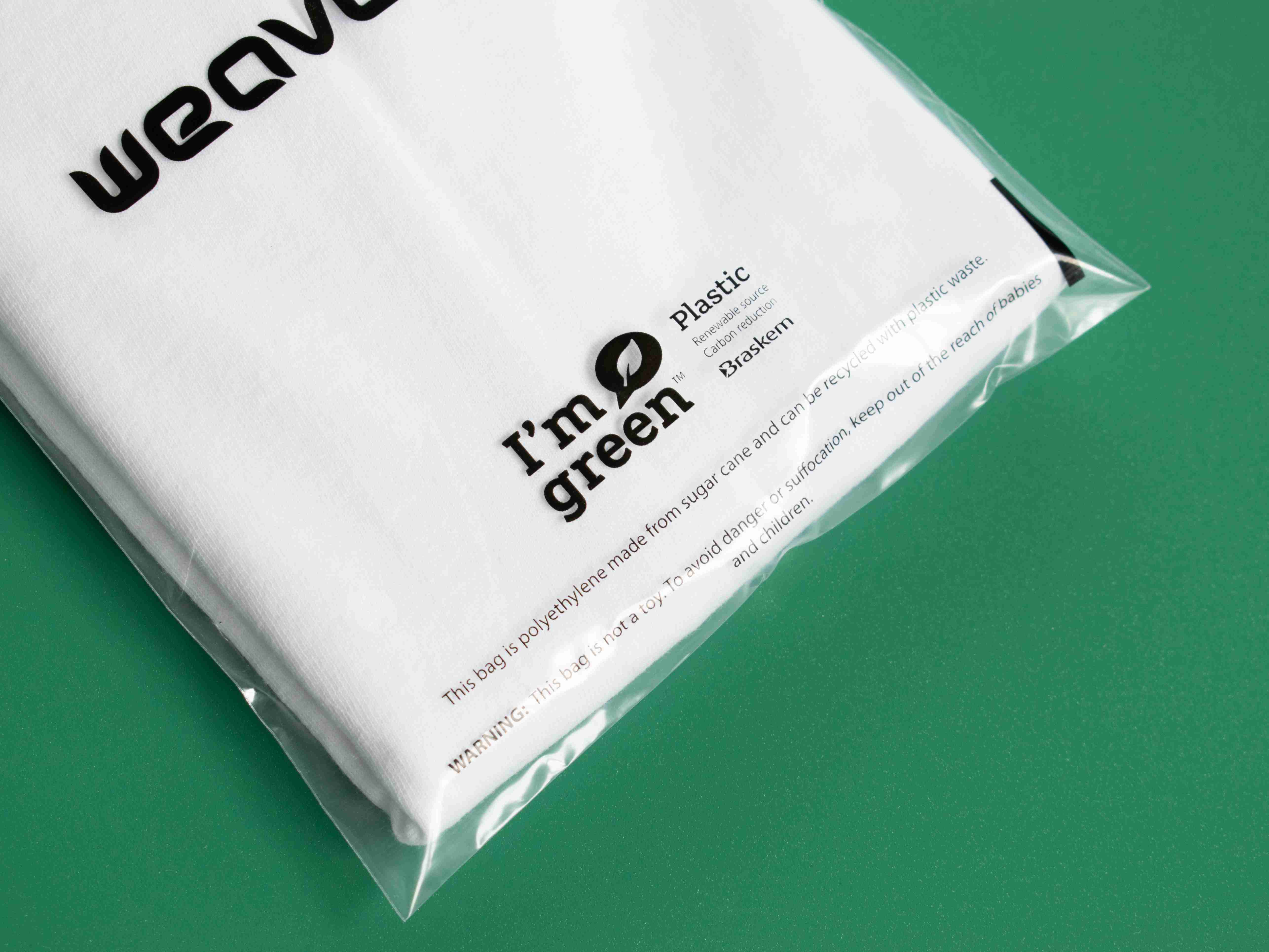


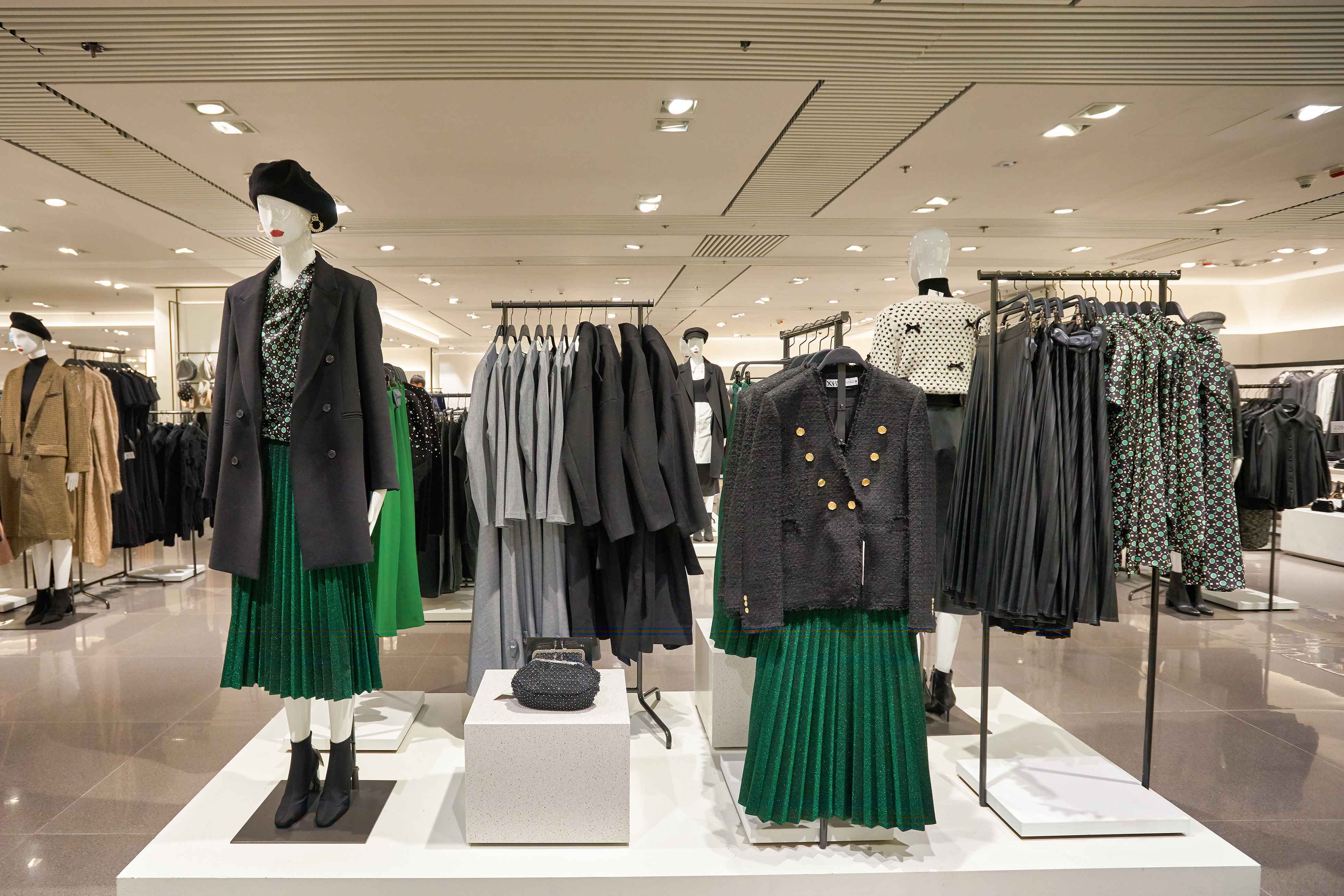

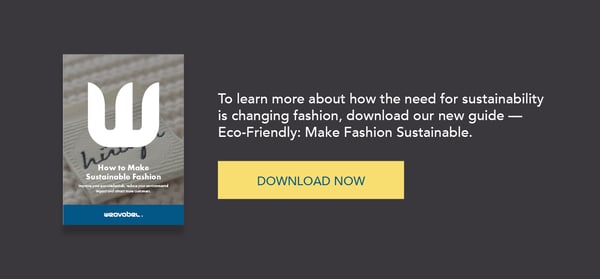
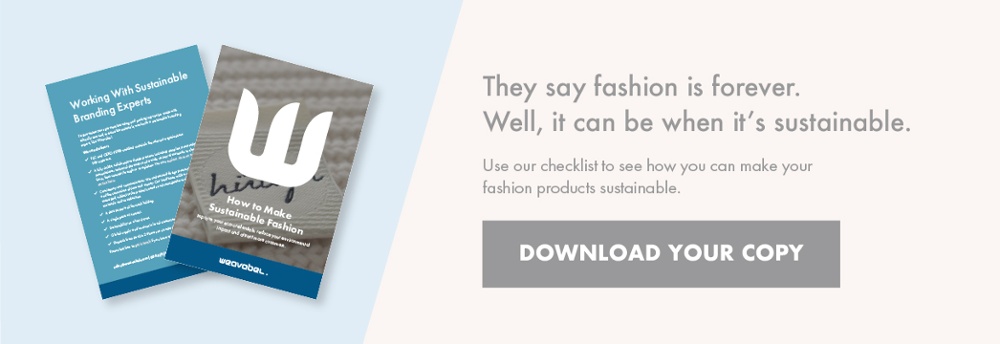

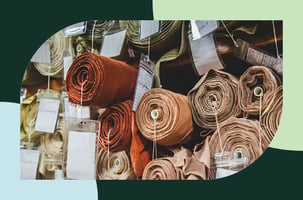
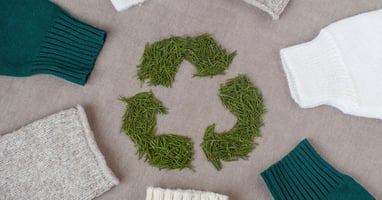
.jpeg?width=400&height=200&name=5480590b-1a64-4bc1-b6a9-d982cd514f10%20(1).jpeg)